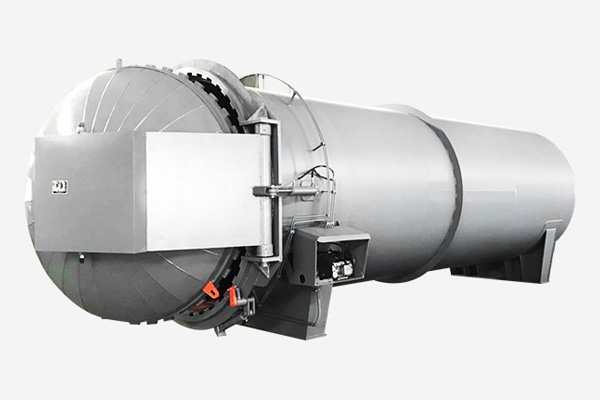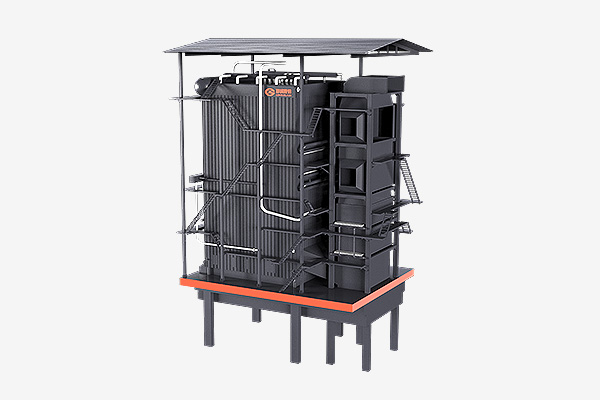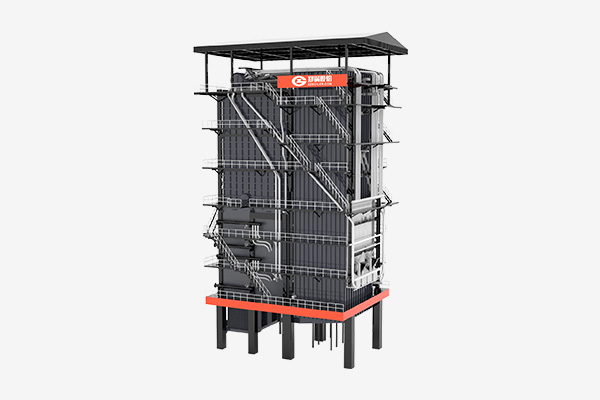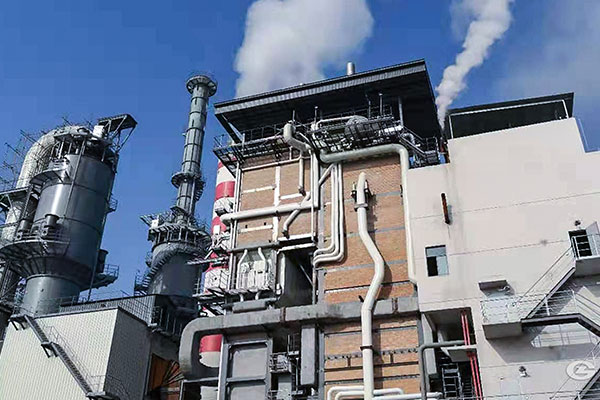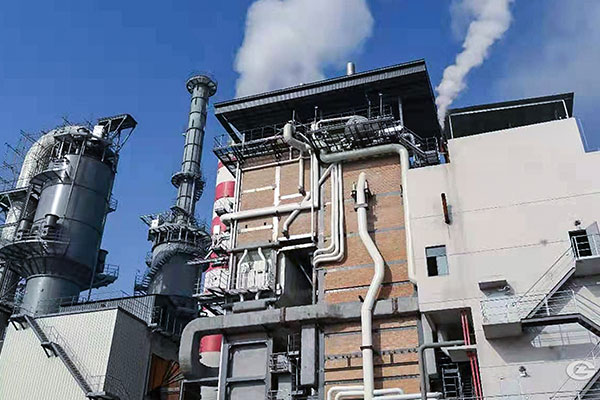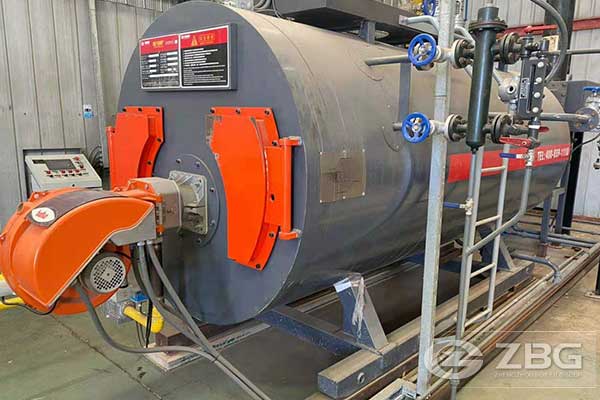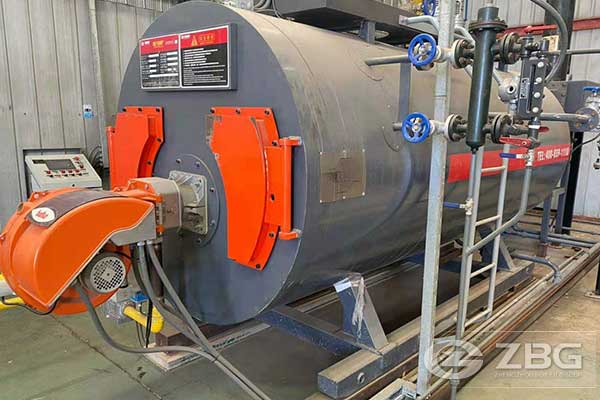What Is Boiler Efficiency
2017-11-27 16:29:44
Many customers will ask for the boiler price or boiler efficiency when they buy a boiler. Here is an introduction to what is the boiler efficiency and what efficiency the boiler contains. Efficiency for boilers can be measured three distinct ways: combustion efficiency, thermal efficiency and fuel-to-steam efficiency.
Combustion efficiency is a measure of the burner performance. The amount of excess air (or additional oxygen to ensure complete combustion), when combined with the stack temperature, can be plotted on an efficiency curve. In general, combustion efficiency will increase with a decrease in excess air and lower stack temperature, so optimal burner performance can be achieved. Recommended excess air levels are available in the burner manufacturer’s literature and should be maintained with periodic combustion analyzer testing.
Thermal efficiency is an indicator of the ability of the boiler vessel to transfer heat from the combustion process to the water or steam in the boiler. Thermal efficiency does not account for radiation and convection losses due to the boilers shell or other components (piping, water column, etc.).
Fuel-to-steam efficiency is most commonly referred to as “boiler efficiency.” It takes the radiation and convection losses into account and is a more involved test than the previous two. ASME Power Test Code PTC 4.1 has two methods for determining fuel-to-steam efficiency: the input-output method and the heat loss method. The input-output method is determined by the ratio of boiler Btu output divided by boiler Btu input multiplied by 100. This heat balance method determines the % efficiency by subtracting the stack, radiation and convection losses from 100.
More information about industrial boiler efficiency or boiler price, please contact with ZBG Boiler.
For all inquiries, please fill in the form below (* are required) to send us a brief message, and we will get back to you as soon as possible.
